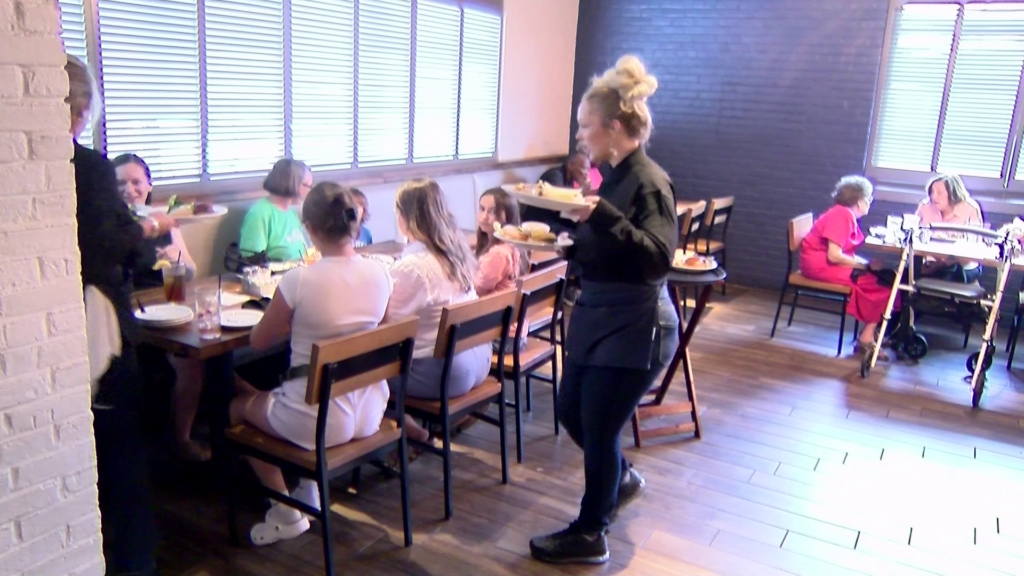Trump and Powell get together to talk interest rates
Washington, D.C. — President Donald Trump summoned Federal Reserve Chairman Jerome Powell to the White House on Monday to discuss the economy and interest rates — issues on which Trump has repeatedly attacked the Fed.
The Fed said in a statement that Powell’s message to Trump was similar to the one he expressed in congressional testimony last week, when he said that the economy is in good shape and that the Fed would likely suspend its rate cuts for now. The central bank has cut its benchmark short-term rate three times this year to try to support the economy.
For months, Trump has regularly assailed Powell’s leadership of the Fed, an independent agency, for not cutting rates as aggressively as the president would like. The president has called Fed officials “boneheads” and has asserted that the economy and stock market would be performing better if rates were lower or even negative as in Europe and Japan.
Trending News
Trump tweeted Monday that his meeting with Powell was “very good and cordial.” He added in his tweet that he and the Fed chairman discussed “interest rates, negative interest, low inflation, easing, Dollar strength and its effect on manufacturing, trade with China, E.U. and others, etc.”
Treasury Secretary Steven Mnuchin also attended the meeting, the Fed said in a statement, adding the gathering was “at the President’s invitation … to discuss the economy, growth, employment and inflation.”
“[Powell] did not discuss his expectations for monetary policy, except to stress that the path of policy will depend entirely on incoming information that bears on the outlook for the economy,” the Fed statement emphasized. “Chair Powell said that he and his colleagues on the Federal Open Market Committee will set monetary policy, as required by law, to support maximum employment and stable prices and will make those decisions based solely on careful, objective and non-political analysis.”
Presidents often meet with Fed chairs to discuss the economy. But the stakes are much higher when the backdrop is Trump’s blunt personal attacks on the Fed and its chairman — a step no previous president has taken. The independence of the Fed has long been considered vital to its mandate of keeping prices stable and maximizing employment.
Trump has complained that negative rates, which have been put in place by the European Central Bank and the Bank of Japan, have left the United States at a competitive disadvantage. The Fed’s benchmark rate is currently in a range of 1.5% to 1.75%, an extremely low level by historic standards, particularly given that the unemployment rate is near a 50-year low of 3.6%.
In a speech last week, Trump said, referring to negative interest, “Give me some of that…. I want some of that money. Our Federal Reserve doesn’t let us do it.”
The Fed’s relatively high benchmark rate, compared with the negative rates overseas, probably does keep the dollar at a higher value compared with the euro and yen. That, in turn, can make U.S. exports more expensive overseas.
Still, the vast majority of mainstream economists oppose the notion of deploying negative rates for the U.S. economy, which is healthier and is growing faster than its European and Japanese counterparts.
Negative rates are typically a sign that an economy is struggling. Many U.S. economists have expressed skepticism that negative rates help accelerate growth and argue that they would cause problems unique to the U.S. financial markets.





Leave a Reply